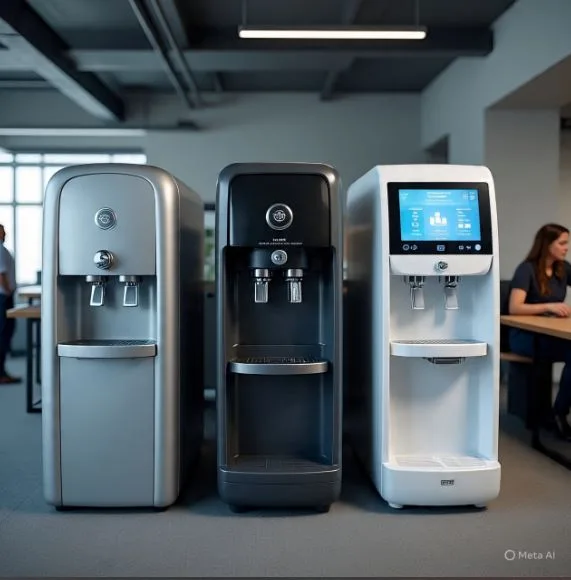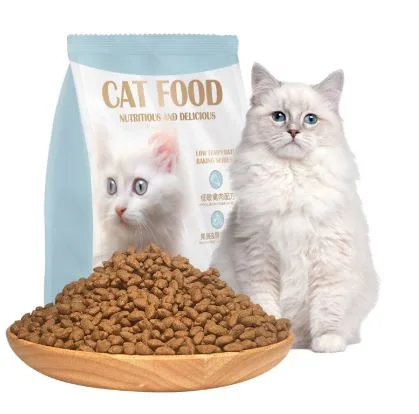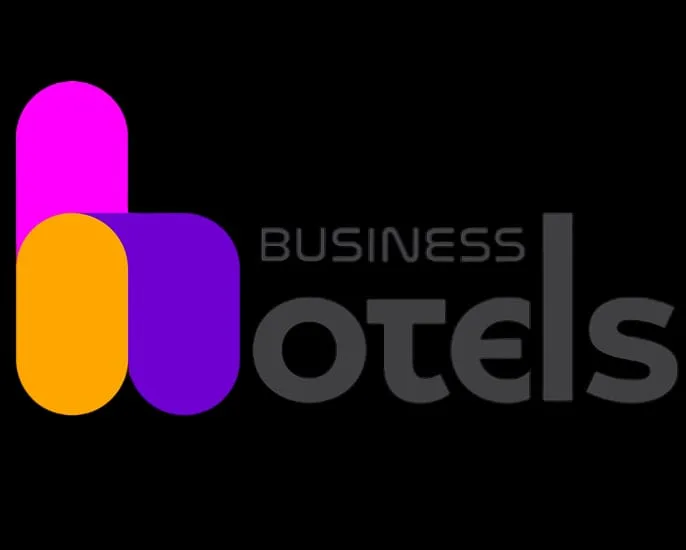Office Water Dispensers Explained Through Real-World Examples
In modern workplaces, comfort and convenience matter just as much as productivity. One often-overlooked yet essential element of a well-functioning office is hydration. Office water dispensers provide employees with reliable access to clean, refreshing water, but their impact goes far beyond just quenching thirst. From supporting health and wellness initiatives to improving workplace culture, these dispensers have become a quiet yet powerful tool in shaping employee experience.
To better understand their role, let’s explore the world of office water dispensers through real-world examples across different workplace settings.
Why Office Water Dispensers Matter
Before diving into examples, let’s set the stage. Office water dispensers are more than a convenience; they’re a workplace necessity. Here’s why:
- Health & Wellness: Hydrated employees stay more alert, focused, and energized throughout the day.
- Sustainability: Dispensers reduce reliance on single-use plastic bottles.
- Cost Savings: They cut down on the recurring costs of bottled water delivery services.
- Community: They serve as natural gathering points, fostering casual conversations and collaboration.
With these benefits in mind, let’s look at real-world cases where office water dispensers transform workplace dynamics.
Example 1: A Startup Encouraging Collaboration
Imagine a fast-growing tech startup with 30 employees working in an open office. Team members are often glued to their laptops, coding, designing, or strategizing. To encourage organic interaction, the company installed a modern office water dispenser in the central lounge area.
What happened? Employees began to use the water station as a natural break point—sparking casual chats, brainstorming sessions, and even impromptu problem-solving.
Key takeaway: In smaller workplaces, water dispensers act like a “collision zone,” encouraging collaboration in an otherwise fast-paced environment.
Example 2: A Corporate Headquarters Focused on Sustainability
A Fortune 500 company launched a sustainability initiative to reduce its environmental footprint. One major step was eliminating single-use bottled water. Instead, the company replaced bottled deliveries with plumbed-in office water dispensers across all 12 floors of their headquarters.
The results were impressive:
- They cut down on more than 150,000 plastic bottles annually.
- Employee satisfaction scores related to workplace amenities rose by 18%.
- The initiative reinforced the company’s eco-friendly brand values.
Key takeaway: Office water dispensers can serve as a cornerstone of corporate sustainability efforts.
Example 3: A Law Firm Prioritizing Client Impressions
Law firms thrive on professionalism, and client impressions matter at every level. A boutique law office installed sleek, stainless-steel water dispensers in their reception and conference rooms. Instead of offering bottled water, they provide sparkling and chilled filtered water in glassware.
Clients often comment positively on the small detail, reinforcing the firm’s polished, professional image.
Key takeaway: The right type of office water dispenser can elevate brand perception and client experience.
Example 4: A Call Center Tackling Employee Fatigue
Call centers are notoriously high-stress environments. Employees often work long shifts handling customer concerns, and fatigue is a common challenge. One call center addressed this by installing hydration stations equipped with electrolyte-infused water options.
Over six months, the HR team reported:
- A noticeable drop in mid-shift fatigue complaints.
- An 11% increase in employee retention.
- Positive feedback during wellness surveys.
Key takeaway: Hydration solutions tailored to employee needs can directly improve morale and reduce turnover.
Example 5: A Co-Working Space Enhancing Community
Co-working spaces thrive on offering premium amenities to attract members. One such space installed high-tech office water dispensers that offered still, sparkling, and flavored options. Members appreciated the flexibility, and the water station quickly became a community hub.
Startups working in the co-working space even used the dispenser as a networking point, leading to new collaborations.
Key takeaway: In shared environments, dispensers aren’t just about hydration—they’re about building community.
Types of Office Water Dispensers (With Real-World Uses)
Not all dispensers are created equal. Let’s break down common types and the workplaces that benefit most:
- Bottled Water Dispensers
- Use case: Small businesses without plumbing infrastructure.
- Example: A boutique design studio in a historic building relies on bottled dispensers due to plumbing limitations.
- Point-of-Use (Plumbed-In) Dispensers
- Use case: Large offices aiming for sustainability and cost efficiency.
- Example: Corporate headquarters reducing plastic waste.
- Countertop Dispensers
- Use case: Offices with limited space.
- Example: Startups in co-working spaces maximize convenience without sacrificing floor space.
- Sparkling Water Dispensers
- Use case: Workplaces focused on premium amenities and client-facing services.
- Example: Law firms and consulting firms enhancing their hospitality.
- Smart Dispensers with Customization Options
- Use case: Innovative, employee-centric workplaces.
- Example: A tech company offering flavored water to appeal to younger employees.
Cost-Benefit Considerations
Many companies hesitate to install dispensers because of perceived costs. But in reality, the ROI is significant.
- Case in point: A medium-sized marketing agency switched from bottled deliveries to a plumbed-in dispenser system. They cut costs by 35% annually while reducing their environmental impact.
- Employees reported fewer afternoon energy slumps, attributing it to increased hydration.
When you compare the recurring expense of bottled water deliveries with a one-time installation and lower ongoing maintenance, dispensers almost always win out.
Cultural and Psychological Impact
It’s easy to think of office water dispensers as purely functional, but they also carry symbolic weight:
- Health culture: By prioritizing hydration, companies show they value employee well-being.
- Fairness: Everyone—from interns to executives—uses the same dispenser, subtly reinforcing equality.
- Break encouragement: Walking to the water dispenser encourages micro-breaks, which research shows boosts productivity.
Real-world evidence shows that these small details often have disproportionate impacts on morale and workplace satisfaction.
Choosing the Right Office Water Dispenser
Selecting the best option depends on a company’s size, goals, and culture. Here are guiding questions:
- How many employees need access? (A startup’s needs differ from a 1,000-person corporate office.)
- What’s the workplace layout? (Do you need multiple units per floor or one central station?)
- Are sustainability goals a priority? (Plumbed-in models are the best fit here.)
- Do clients and guests regularly visit? (Consider premium dispensers with sparkling or flavored options.)
- What’s the budget? (Balance long-term savings with upfront investment.)
By aligning dispenser choice with organizational needs, companies can maximize impact.
The Future of Office Water Dispensers
Looking ahead, dispensers are becoming more advanced:
- Smart Hydration Tracking: Some models track consumption and send reminders to employees.
- App Integration: Employees can customize flavors and carbonation levels via their phones.
- Sustainability Metrics: Dispensers that track plastic bottle savings in real-time motivate eco-conscious behaviors.
Just as coffee machines once revolutionized workplace culture, next-generation water dispensers are poised to do the same.
Final Thoughts
While they may seem like a minor detail, office water dispensers play a surprisingly influential role in shaping workplace culture, sustainability practices, and employee well-being. From small startups to multinational corporations, real-world examples show that these simple hydration solutions carry outsized benefits.
Whether it’s sparking collaboration, reinforcing brand values, or reducing environmental impact, water dispensers have moved from “nice-to-have” to “must-have.” The next time you see one in your office, remember—it’s more than just water. It’s a statement about the kind of workplace your company wants to be.





